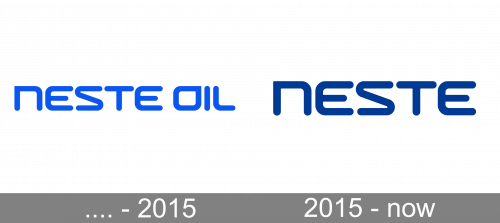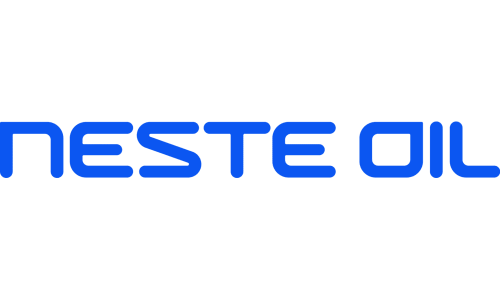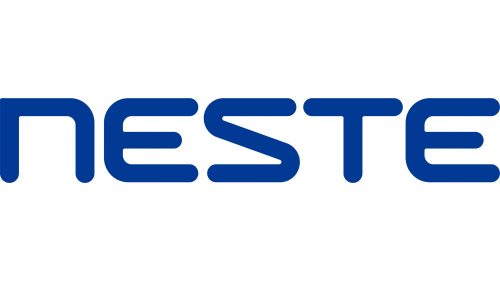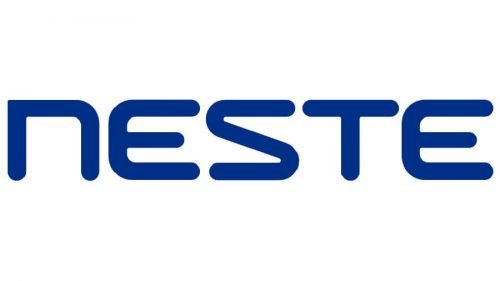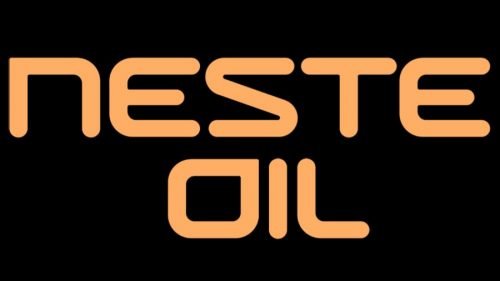Neste Oil is a Finnish public company dealing with oil refining, manufacturing of biofuels and bioplastics, as well as retail trade of oil products. It was founded in 1948 in Espoo, Finland to ensure a stable supply of oil to Finland. In 1998, the firm, having merged with Imatran Voima conglomerate, formed a new company, Fortum. Nevertheless, in 2004 Neste Oil was furnished in an independent company in order to deal with Fortum’s oil business. In 2018, the net profit of Neste Oil reached the level of 1,42 billion euros.
Meaning and history
Neste Oyj was founded in 1948 in Finland to produce oil and gas and sell these products on the domestic and foreign markets. Later the company began to process oil and gas, producing lubricants for heavy industry machinery, cars, and trucks. In 1998 the company merged with the energy holding Imatran Voima. In CIS countries Neste has been working since 1990, its main partners are large Russian and Ukrainian companies acting as dealers.
Since 2004, Neste Oil, a subsidiary of the company, has been producing and selling lubricants; its production facilities are located in Finland and the Netherlands.
Neste Oil is not only the largest fuel producer in the Nordic countries but also one of the leading producers of high-tech base oils, which are the basis of modern high-quality lubricants.Neste Oil’s high-quality lubricants are made primarily from NEXBASE’s base oils and embody the most advanced technology for both automotive and industrial oils.
What is Neste Oil?
Neste Oil is the name of a Finnish oil company, which was established at the end of the 1940s, and today has grown into one of Europe’s most reputable brands in the segment. Neste makes some of the best engine oils on the market, Which are distributed all over the globe.
Before 2015
The logo, used by the Scandinavian oil company until 2015, features a bright blue mixed-case lettering in a softened futuristic sans-serif typeface with wide contours of the letters and slightly rounded ends of the lines. The electric-blue shade of the letters looked very progressive, evoking a sense of energy, which brilliantly reflects the essence and purpose of the company. The initial logo featured the complete name of the company, “Neste Oil”.
2015 – Today
At the outset of the company’s history, the logo was formed by its name in block letters “NESTE”. To the left of the wordmark was an emblem made in the shape of an inclined diamond. The diamond was divided in the middle; its lower part was painted in cerulean blue, while the upper part was green. The letters of the wordmark were written in black.
After the company was split from Fortum, the logo it used was concise and simple. It contained just its name “NESTE OIL” in deep cobalt blue tone. The letter “O” has a sharp upper right corner that made it look like an oil drop.
The current logo was introduced In June 2010. It consists of the trademark name ¨Neste¨ and an emblem that is easily recognizable on all the gas stations of the company. The emblem depicts two silhouettes of liquid drops. The bigger one is made in bright shamrock green colour and serves as a background for the second smaller drop drawn in light cobalt blue; the area where the small drop is overlapping the lower one is made in white. The meaning of the emblem goes back to the company’s name “Neste”, which means “liquid” in Finnish. It also symbolizes the oil products sold by the firm.
According to the company’s policy, the logo represents the symbol of the efforts that Neste undertakes to ensure that its work has the minimal possible adverse impact on the natural environment of the countries where it operates and on the local community. As the official site states, Neste undertakes projects “to promote the quality of people’s lives”. For instance, the company’s Renewable Diesel is produced using 100 percent renewable ingredients and that cuts greenhouse gas discharge up to 90 per cent in comparison with traditional diesel.



